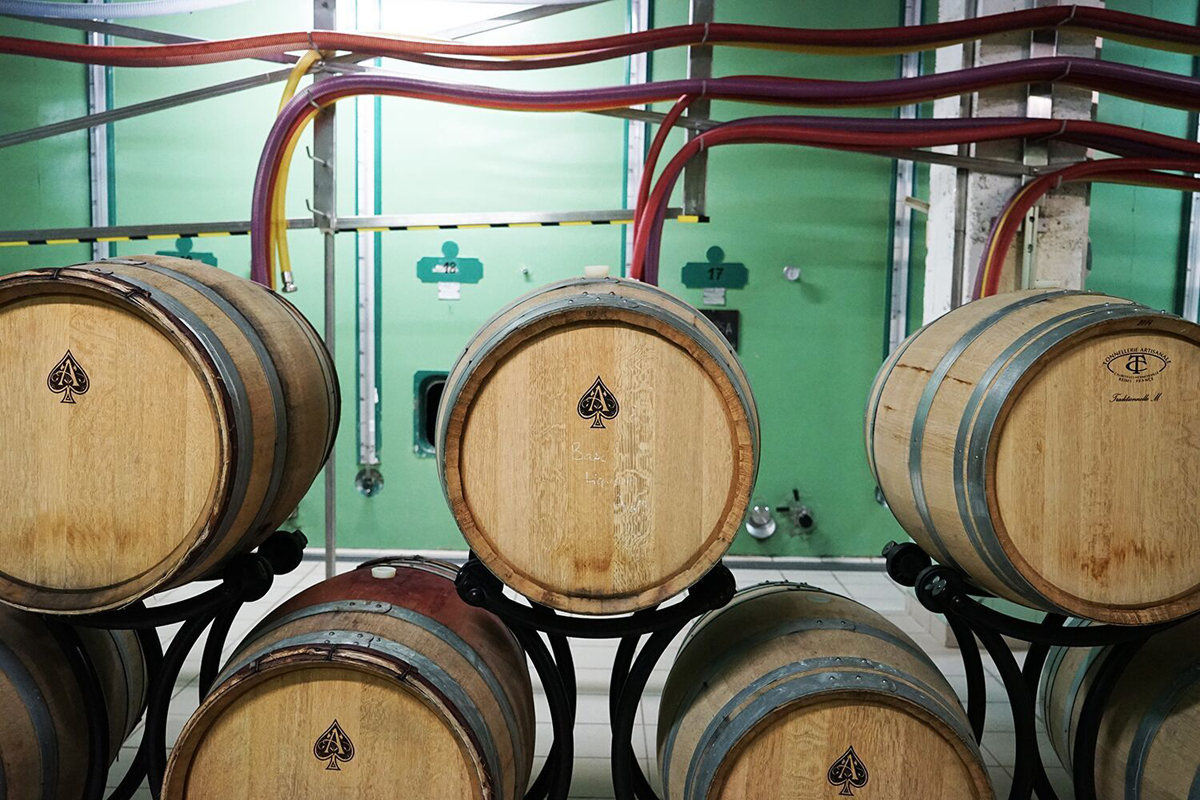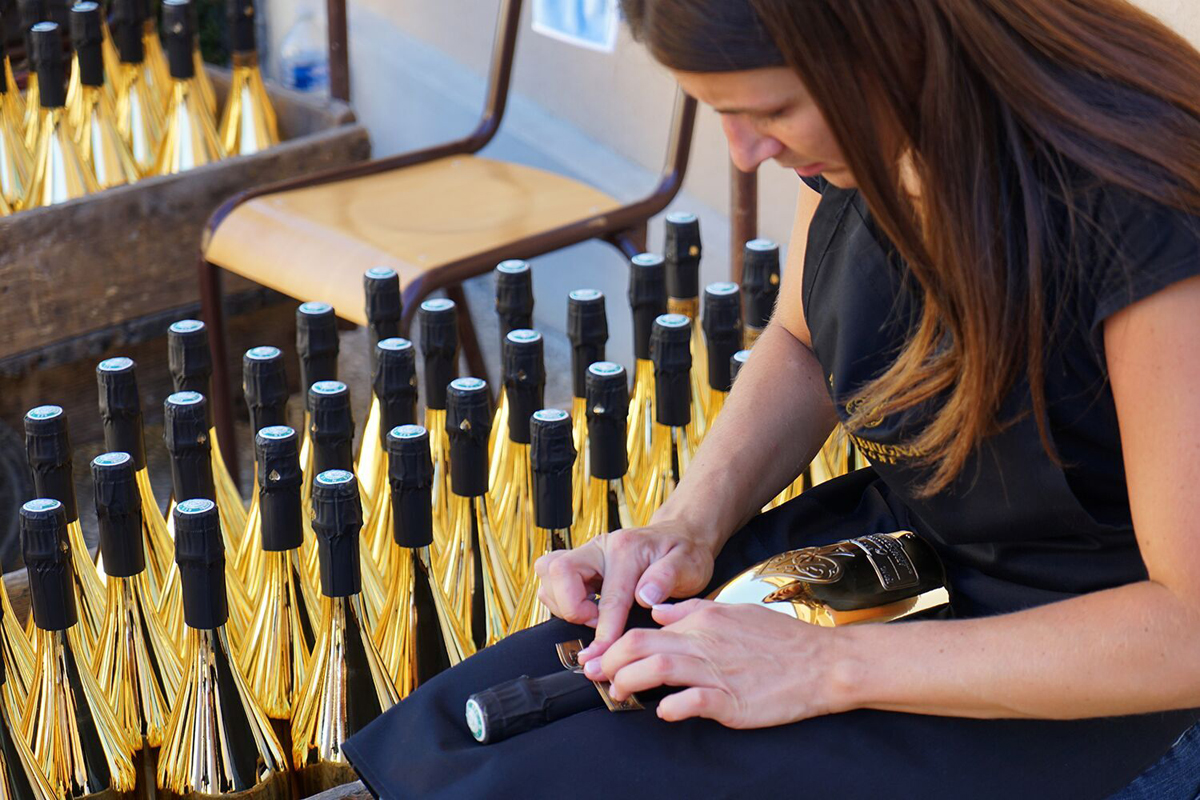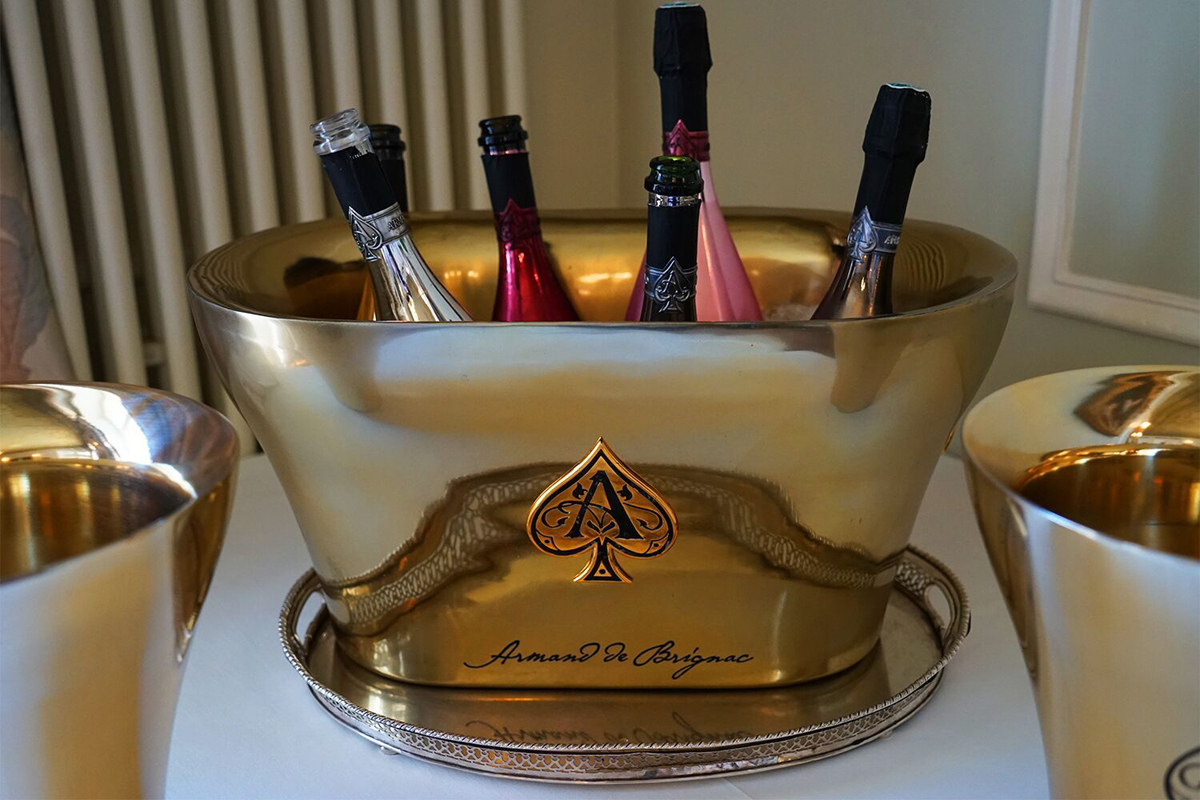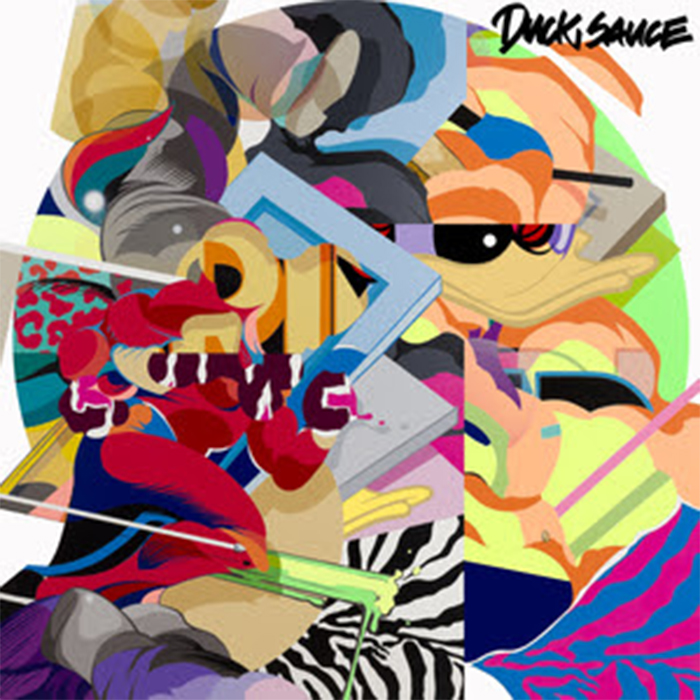Inside Armand de Brignac Winery, France
The family-owned Cattier champagne house releases Ace of Spade’s A2 Blanc de Noirs

The first sip of Armand de Brignac (colloquially known as Ace of Spades) is an unforgettable moment. Mine was in the hotel bar of the Plaza Athénée—a legendary Paris hotel. The waiter came to our table and slowly poured a glass of the Gold Brut, the brand’s flagship cuvée. Armand de Brignac bottles are mesmerizing; it’s easy to find yourself staring. And yet, what is inside the gilded bottle is a multi-vintage champagne made from premier and grand-cru grapes. The wine is meticulously blended to create a bold cuvée that has saturated flavors of red fruits, creamy lemon-honey tart, with a wonderful balance of minerality and acidity. It is, quite simply, exquisite.

The Cattier family is one of just 10 family-owned Champagne houses today, and has been in the wine business since 1763. The company has transformed over the centuries from being solely wine-growers who would sell their grapes to large champagne houses to growing and producing their own Cattier champagne. Today, 11th generation winemaker Jean-Jacques Cattier is at the helm of the company operating as the Chef de Caves with his son Alexandre at his side as the Chief Winemaker. Some 15 years ago the Cattier family decided to make a special cuvée called Armand de Brignac—a blend of three outstanding vintages from three different years, made from the tête de cuvée, the first part of the juicing press that is the most acidic and has the most flavor. It is an Assemblage of the best of the best.

In 2006 the first bottles of Armand de Brignac Gold Brut were released, and in the years since, the brand has released a fruit-forward rosé, a gorgeous 100% chardonnay blanc de blanc, a decadently creamy demi sec, and a now legendary 100% pinot noir blanc de noirs that was recently named the “Best Blanc de Noir in the World” by FINE Magazine.

The wine is made in a non-descript building at the edge of town in Chigny-les-Roses, located just outside of Reims. Hand-picked grapes from each village are vinified and aged separately, maintaining the distinct flavors of each region’s terroir. The wine is then fermented in concrete tanks in a variety of sizes to accommodate the size of each harvest. While most wineries have switched to stainless steel tanks, Cattier continues to use concrete because it gives the wine a creamy texture that is iconic to the house style.

The Assemblage process blends the still wine of three vintages, and the cuvée is then bottled with a small amount of additional yeast. The bottles are then taken to the cellars where they will rest allowing wine inside the bottles to ferment a second time, only to be disrupted by the winery’s Riddler who spins the bottles methodically every day to collect the yeast in the neck of the bottle. After five to six years the bottles are disgorged, removing the dead yeast from the bottle and leaving behind the pure Champagne. Before the bottles are re-corked a small amount of the house’s signature Dosage is added – a unique blend of the best wines from earlier vintages that have spent an entire year in French oak barrels, giving the wine a toasty brioche flavor that can be found in all of the Armand de Brignac Assemblages. The finishing touches on a bottle of Armand de Brignac are four pewter labels that are hand applied and a final polish before the bottle is packaged in a handsome black lacquer box.

The Cattier family home is a charming and modest house set back from the street in the idyllic town, inhabited today by Alexandre and his family. From the street one would never know that the house sits upon miles of winding champagne caves, a dark labyrinth cut into the earth 100 feet below the family home.

The family caves are filled with history—the clay walls covered in graffiti from generations of employees who worked below grade for the winery. It is easy to get lost in these caves, they are dark and damp, and filled with a seemingly never ending supply of aging champagne. Cattier leads us through the caves, telling stories along the way of the days before electricity and how the caves were used as shelters during the World Wars.

Finally, we reached a gate with the iconic spade. We climb up a flight of stairs and turned the corner into a glittering cache of gold bottles, which was nothing less than breathtaking. It’s like coming upon a hidden treasure, except that instead of gold coins it was bottles of super-premium unmistakable and unapologetically-festive champagne.

Don’t let the metallic bottles or Jay Z’s stake in the brand distract you, Armand de Brignac is already a major player in the Champagne world. The brand continues to impress wine collectors and sommeliers alike with its complexity and bold flavor profiles. It seems that every day a new fan of the brand is created, and at this rate, Ace of Spades will become even more exclusive and difficult to find. Collectors take note: next month Armand de Brignac releases its much anticipated second Blanc de Noirs, the Assemblage Two, also known as A2. The latest release is a blend of 2008, 2009, and 2010 vintages, a gorgeous Assemblage that has aromas of white flowers, white peaches, and honeysuckle with bright minerality and herbal flavors of mint and fresh curry leaves.
The A2 will be available 1 October and will cost around $1,000.
Images by Emily Arden Wells












